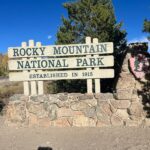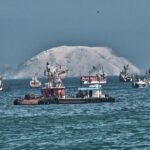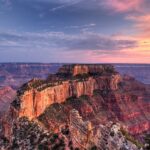Quick Bits:
Wrangell-St. Elias National Park spans the wild heart of southeastern Alaska. Covering over 13 million acres, this park is unmatched in scale and untamed beauty. It is the largest national park in the United States. Larger than Switzerland, it holds a kingdom of mountains, glaciers, rivers, and boreal forests. This land remains raw and rugged, where wildlife roams free and nature commands respect.
The park blends four major mountain ranges. It’s a place where volcanoes sleep under ice caps and where the silence of the tundra carries ancient stories. Created in 1980, Wrangell-St. Elias protects not only land but also the lifeways of the Ahtna people and miners who carved paths here long ago.
This park rewards bold hearts. It doesn’t offer smooth paths and grand lodges. It gives adventure, silence, and the clean breath of Alaska.
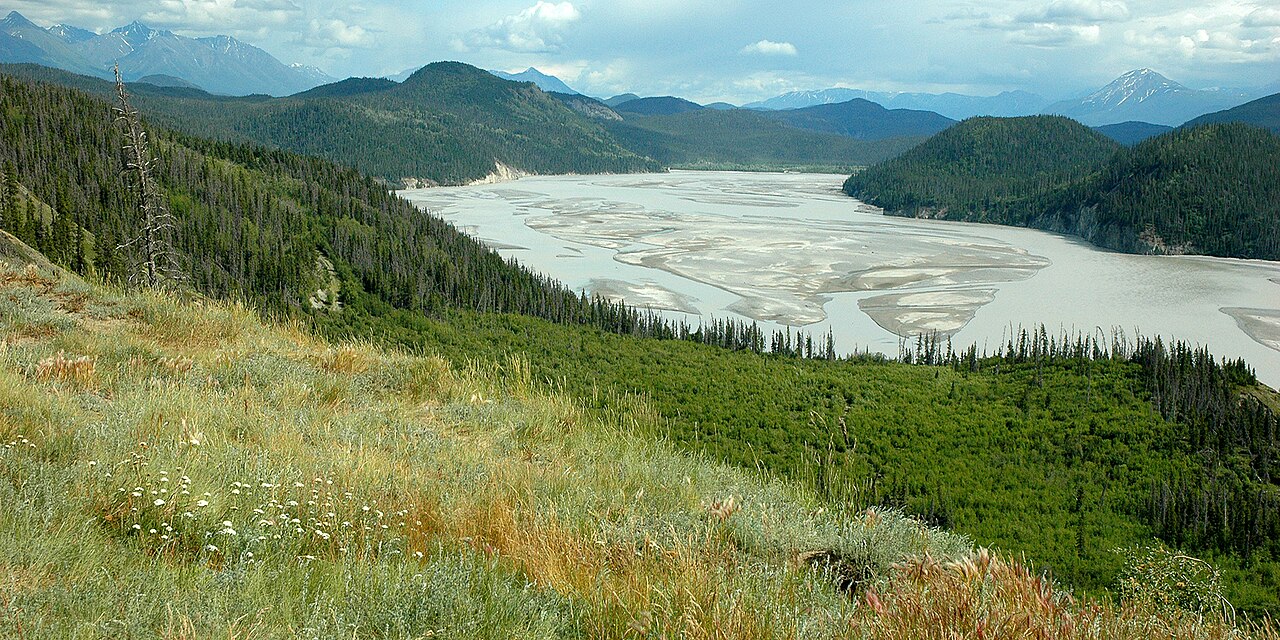
Image by: William L – Via Wikipedia
Key Highlights
- Size: Over 13.2 million acres
-
Peaks: Nine of the 16 tallest mountains in the U.S.
-
Volcanoes: Wrangell is one of the largest active volcanoes
-
Glaciers: Home to Nabesna and Malaspina, two of North America’s largest
-
Wildlife: Grizzly bears, moose, caribou, Dall sheep, eagles
-
UNESCO Site: Part of the Kluane/Wrangell–St. Elias/Glacier Bay/Tatshenshini-Alsek World Heritage Site.
General Information
Established: December 2, 1980
Location: Southeastern Alaska, stretching to the Canadian border
Entrances: McCarthy Road and Nabesna Road offer access by vehicle
Size Comparison: Larger than Yellowstone, Yosemite, and Switzerland combined
Visitor Centers: Copper Center, Kennecott Mines, and Slana
Wrangell-St. Elias is managed by the National Park Service. It borders Canada’s Kluane National Park, forming one of the world’s largest protected wilderness areas. The park’s landscapes change from glaciated peaks to lowland wetlands. It’s one of the few places where entire ecosystems remain intact from sea level to summit.
The park remains one of the least visited. Those who come, find solitude and wild grandeur.
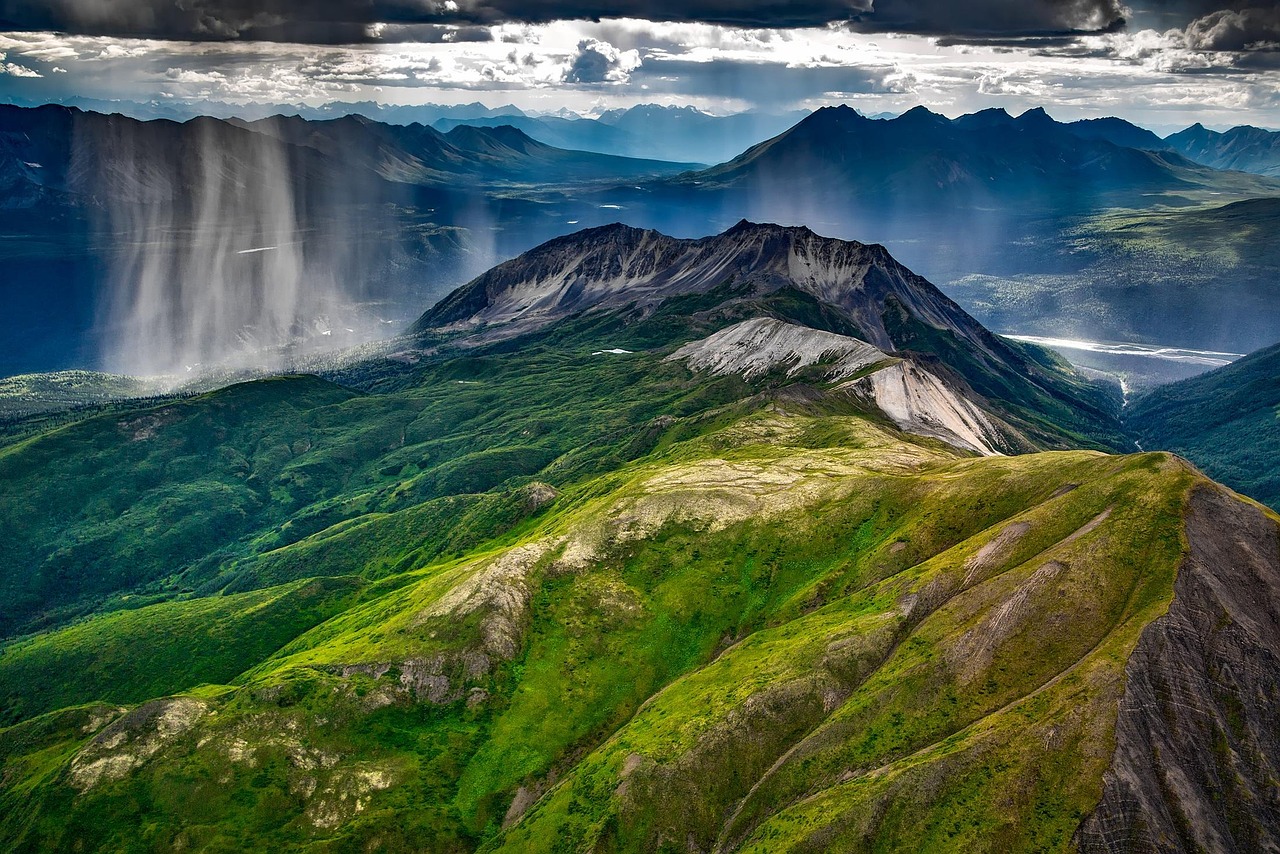
Image from Pixabay
Geography Information
Four major ranges converge in Wrangell-St. Elias: the Wrangell, St. Elias, Chugach, and Alaska Ranges. These ranges give rise to peaks that scrape the sky, including Mount St. Elias at 18,008 feet, the second-highest in the U.S.
The park holds over 5,000 square miles of glaciers. The Bagley Icefield alone spans over 127 miles. Rivers like the Copper and Chitina wind across valleys, creating lifelines for wildlife and rich habitats.
Volcanic forces still shape this terrain. Mount Wrangell, one of the park’s namesakes, is a massive shield volcano. Its summit holds an ice-filled caldera and has active fumaroles.
Permafrost dominates the lower valleys. The terrain changes quickly—alpine tundra fades into spruce forests, and high passes open into glacial fields.
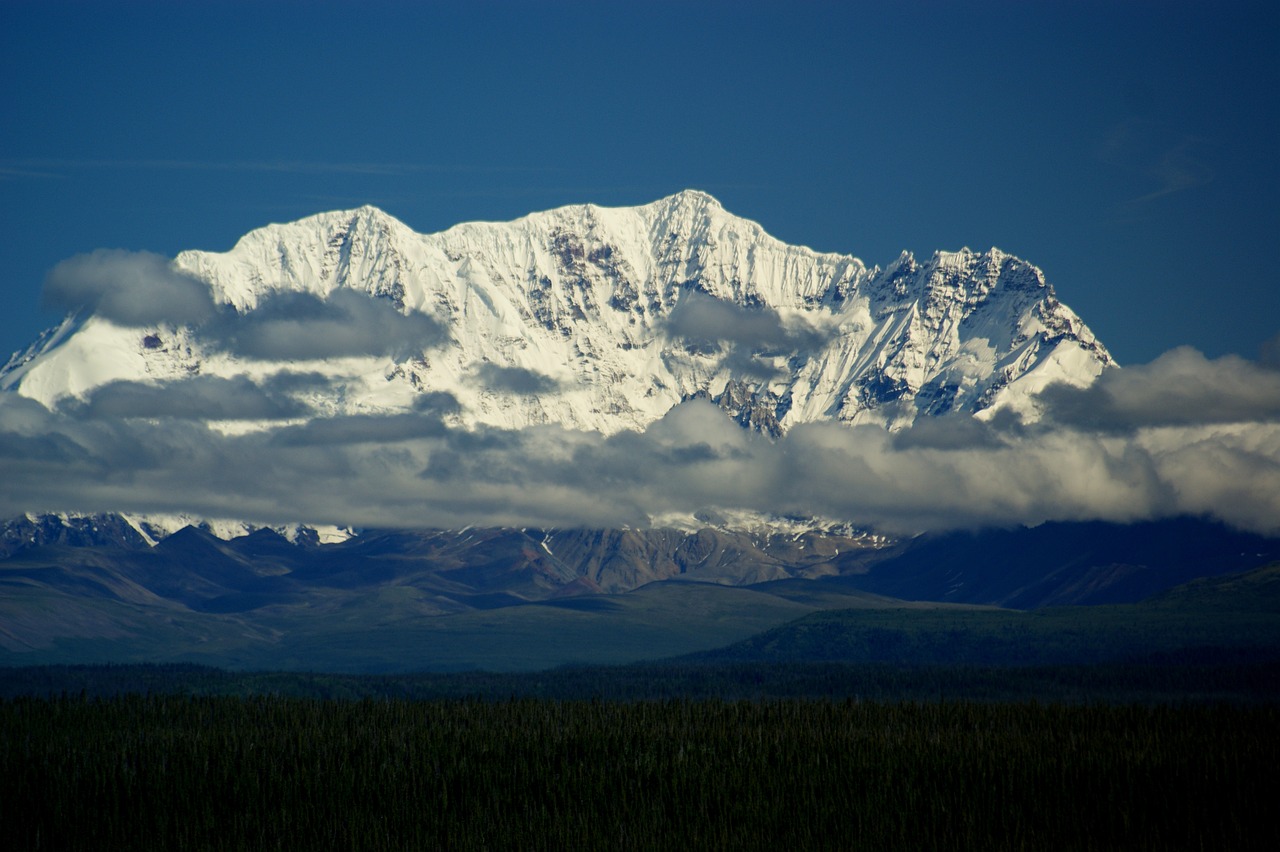
Image by: pjlapin – Via Pixabay
Places to Visit
Kennecott Mines National Historic Landmark
An old copper mining town turned ghost town. This site offers tours of the mill building and the glacier beyond. Surrounded by cliffs and ice, the town feels frozen in time.
McCarthy
A tiny town near Kennecott. It’s known for its quirky, rustic vibe. Lodges and cabins cater to visitors seeking peace or mountain treks.
Root Glacier
This accessible glacier lets hikers walk across blue ice. Guided hikes begin in Kennecott. The views are vast and unforgettable.
Nabesna Road
Perfect for scenic drives and spotting wildlife. This 42-mile route has trailheads, river crossings, and backcountry access.
Mount Wrangell
This broad shield volcano rises 14,163 feet. On clear days, steam vents are visible from miles away.
Bagley Icefield
The largest non-polar icefield in North America. Reaching it requires flights or multi-day treks, but its scale is staggering.
Copper Center
A visitor hub with exhibits, rangers, and trails. The center gives a strong overview of the park’s scale and geology.
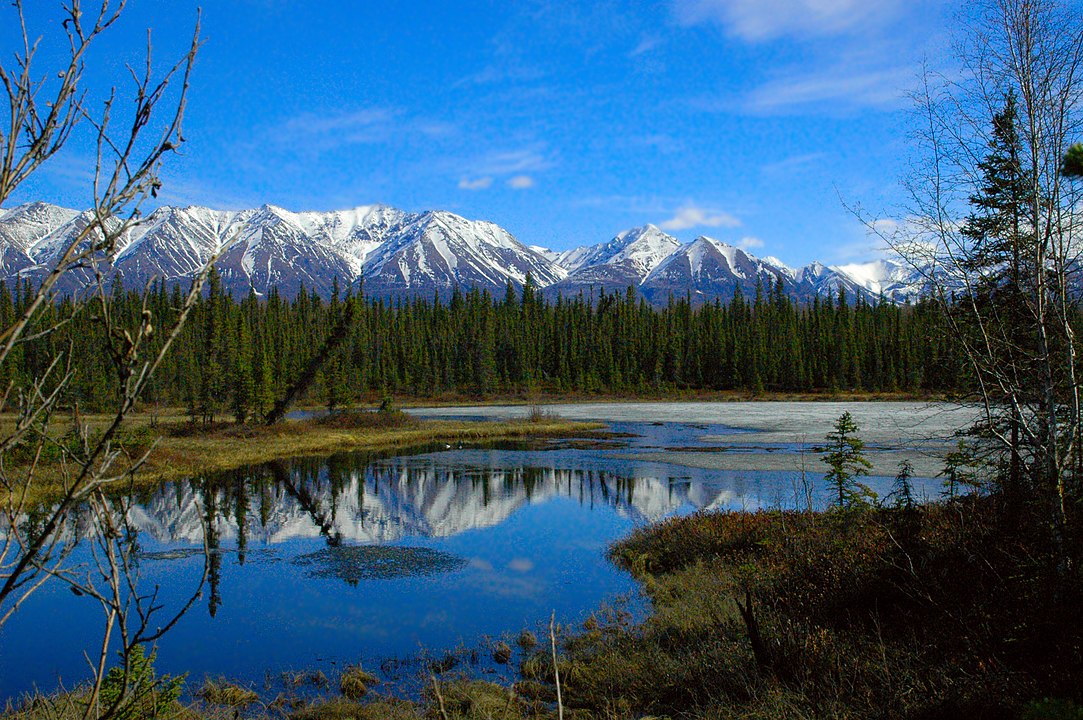
Image by: Sewtex – Via Wikipedia
Yearly Climate
The climate varies by elevation, region, and season. The park ranges from lowland forest to arctic alpine zones. Most areas see harsh winters and mild summers.
Winter (November–March)
-
Temperature: -20°F to 10°F
-
Conditions: Heavy snow, short days, deep cold
-
Access: Limited; many roads and trails are snowbound
Spring (April–May)
-
Temperature: 20°F to 45°F
-
Conditions: Snow melts, rivers swell, early wildlife sightings
-
Access: Roads begin to open
Summer (June–August)
-
Temperature: 45°F to 75°F
-
Conditions: Long daylight, clear skies, bugs thrive
-
Access: Best time for hiking, flightseeing, glacier walks
Fall (September–October)
-
Temperature: 25°F to 50°F
-
Conditions: Colorful tundra, less crowds, chill sets in
-
Access: Open, though snow may return by mid-October
Rain is common on the coast, while inland stays drier. Sudden weather changes are normal. Prepare for all conditions, even in summer.
Best Time of Year to Visit
June through August offers the best experience. Trails are open. The skies are long and light. Glaciers are walkable. Wildlife is active. Rangers lead programs and guides offer tours.
September gives fall color and fewer bugs. The tundra glows red and gold. Temperatures drop but remain comfortable for experienced hikers.
Winter suits backcountry skiers and hardy adventurers. Snowshoes and layers are essential. The landscape becomes silent and stark.
Choose the season based on your goals. Summer suits first-timers. Fall charms photographers. Winter dares the bold.
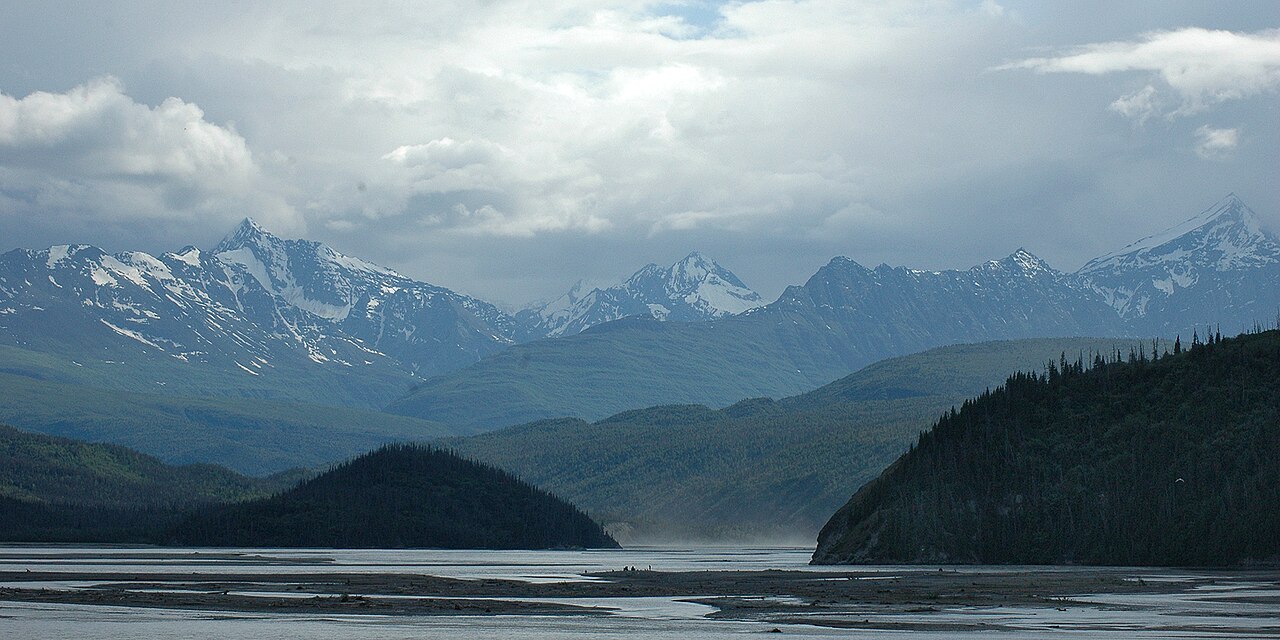
Image by: Durga – Via FumingTomatoes
In Summary…
Wrangell-St. Elias National Park is a place where scale and solitude reign. Larger than entire countries, it offers untamed wilderness, towering peaks, roaring rivers, and ancient icefields. Few roads exist. Trails vanish into mountains. But those who venture here earn sights that humble the soul.
This park holds stories in its valleys. Stories of glaciers carving rock. Of bears roaming spruce woods. Of miners chasing copper dreams. Of volcanoes shaping the skyline.
Come for the silence. Stay for the sky-touching ridges and turquoise ice. Wrangell-St. Elias does not offer convenience. It offers wonder.


